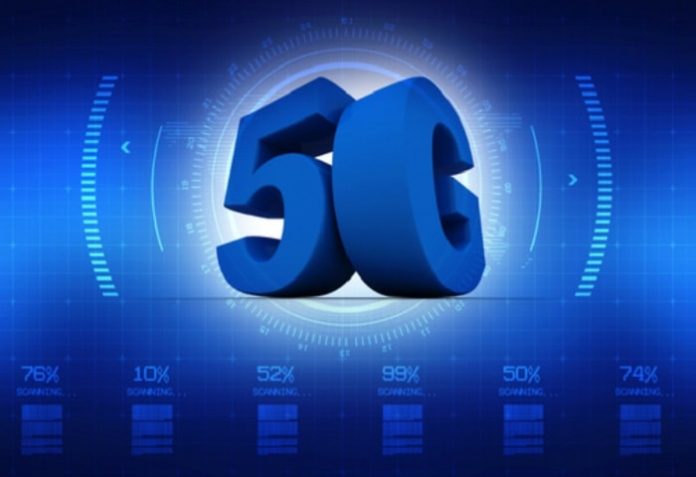The rise of mobile networking is rapidly ascending as Telstra Australia’s new super-fast networks is all set to launch their 5G innovation centre at Gold Coast. The launch of 5G will be expedient as it can control autonomous drones, self-driving cars and other smart devices unlike 4G.
A troop of smart drones are set to guard Australia’s beaches, taking advantage of 5G’s multi-gigabit data speeds to work in unison and stream high-definition video back to land, where artificial intelligence will scan for swimmers in distress and watch for sharks.
Telstra’s networks chief Mike Wright claims that 4G is inundated on the Far North Coast and Sydney’s northern beaches where multitude of Little Ripper rescue drones are equipped by Lifeguards to see their combined video streams.
Wright says: “If we were only concerned about connecting people then we could almost stop at 4G, but the real strength of 5G is connecting all these different smart devices
Great ideas like rescue drones could be more helpful and practically possible with the emergence of 5G network by Telstra.
Telstra opened a 5G Innovation Centre on Monday, as part of a $60 million investment in the Gold Coast’s Southport Exchange, where it will test next generation mobile technologies in Australian conditions. Overall the telco is investing $5 billion over three years to upgrade and expand its mobile network across the country as well as to acquire 5G spectrum.
Wright says: The Gold Coast is ideal for testing the new wireless technology in a range of environments, from high-density seaside apartment towers and medium-density suburban sprawl to the sparsely populated hinterland.
Starts ups along with Australian businesses are being welcomed on the global 5G boom.
Telstra is preparing for a commercial rollout in 2019, as is rival Optus, making them two of the world’s first 5G networks. The rollouts will begin in the major population areas, with Telstra’s 5G coverage eventually matching the reach of its 4G network.
Telstra is about to release first 5G-capable device in 2019 as Telstra is working with the international 3GPP standards body to ensure that Australia uses the same 5G bands as the rest of the world, so handsets will work around the globe.
The 3GPP is meeting on the Gold Coast in September to finalise the standard, and Telstra has also pushed to extend the range of 5G towers to better suit Australian conditions.
For now Telstra’s Cat-M1 IoT and NB-IoT wireless networks — designed for low-powered devices requiring limited bandwidth, such as remote sensors — will continue to run across the
4G network. Over time these internet of things networks may move across to take advantage of 5G’s lower latency, reducing the lag when controlling devices remotely.
Meanwhile 5G is best-suited to bandwidth-intensive applications, like live video streaming, which can overwhelm 4G networks when multiple devices are operating in the area. Potential applications include 360-degree video streaming, along with virtual and augmented reality. Reduced network lag also makes 5G more practical for using live video feeds to control vehicles and robots remotely.
Telstra demonstrated 3300 Mbps download speeds and 300 Mbps uploads, with 6 millisecond latency at their Innovation Centre launch. This is three times faster than Telstra’s existing 4GX network, while cutting latency by two-thirds, but the benefits of 5G technologies extend beyond a simple speed boost.
The new 5G ensures more bandwidth-hungry services that run smoothly without impacting the performance of other nearby devices with lesser congestion.
Telstra plans to test the technology during the Commonwealth Games, as 5G brings with it support for “beamforming”, bending the radio signals from mobile towers to focus on specific areas — such as crowded sporting events — during peak demand.
Adam Turner travelled to the Gold Coast as a guest of Telstra.

























